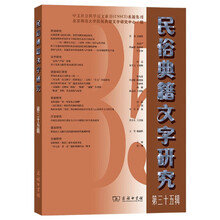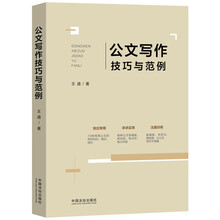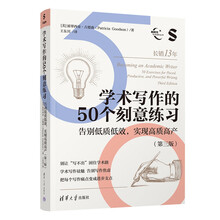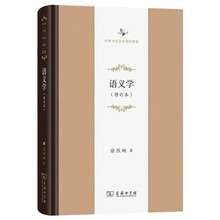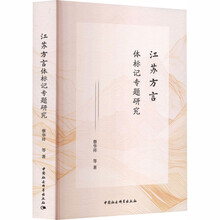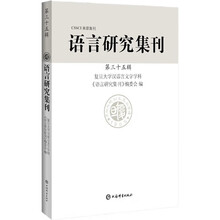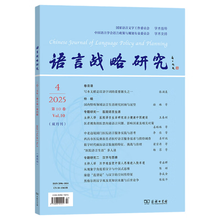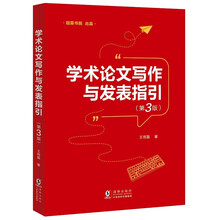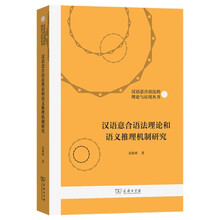Chapter 1 Characters,radicals,words,and vocabulary knowledge
第一章 关于汉字、部首、词、词汇知识的概念
1.1 what are characters?什么是汉字?
1.2 What are radicals?什么是部首?
1.3 What are words?什么是词?
1.4 What is the scope ofword knowledge?怎么界定词汇知识?
Chapter 2 Orthographic knowledge acquisition and instruction
第二章 正字知识的习得与教学
2.1 Phonological awareness in character recognition and Pinyin learning
语音意识在汉字认读中的作用以及拼音学习
2.2 Orthographic awareness and character learning
正字意识和汉字学习
2-3 The role of the first language in Chinese word acquisition
第一语言在汉语字词习得中的角色
Chapter 3 Cognitive and psych0Iinguistic models for Chinese vocabulary acquisition
第三章 汉语字词习得的心理语言模式和认知模式
3.1 Cognitive processing models for word acquisition
字词习得的认知模式
3.2 Psycholinguistic models on lexical access
词义提取的心理语言模式
Chapter 4 Cognitive theories and vocabulary learning
第四章 认知理论与字词学习
4.1 Dual coding theory
双编码理论
4.2 Cognitive load theory
认知负荷理论
4.3 Level-of-processing theory
认知加工深度理论
4.4 Multisystem account
多种通道理论
4.5 Competition theory
竞争理论
Chapter 5 Character learning strategies and training
第五章 汉语二语字词学习策略及训练
5.1 Vocabulary learning strategies:concept and scope
汉语字词学习策略:定义和内涵
5.2 Studies on Chinese vocabulary learning strategies
汉语二语字词学习策略的研究
5.3 Identifying and training on vocabulary learning strategies
识别和训练字词学习策略
Chapter 6 A framework for CFL vocabulary instruction
第六章 汉语二语字词教学模式
6.1 Fostering meaningful word learning
培植有意义的字词学习
6.2 Promoting skill automatization
促进技能自动化
6.3 Adopting a three-tiered instructional approach
采用三层次教学途径
……
第七章 汉语字词教学方法举例:初级
第八章 汉语字词教学方法前例:中级
第八章 汉语字词教学方法前例:高级
展开

